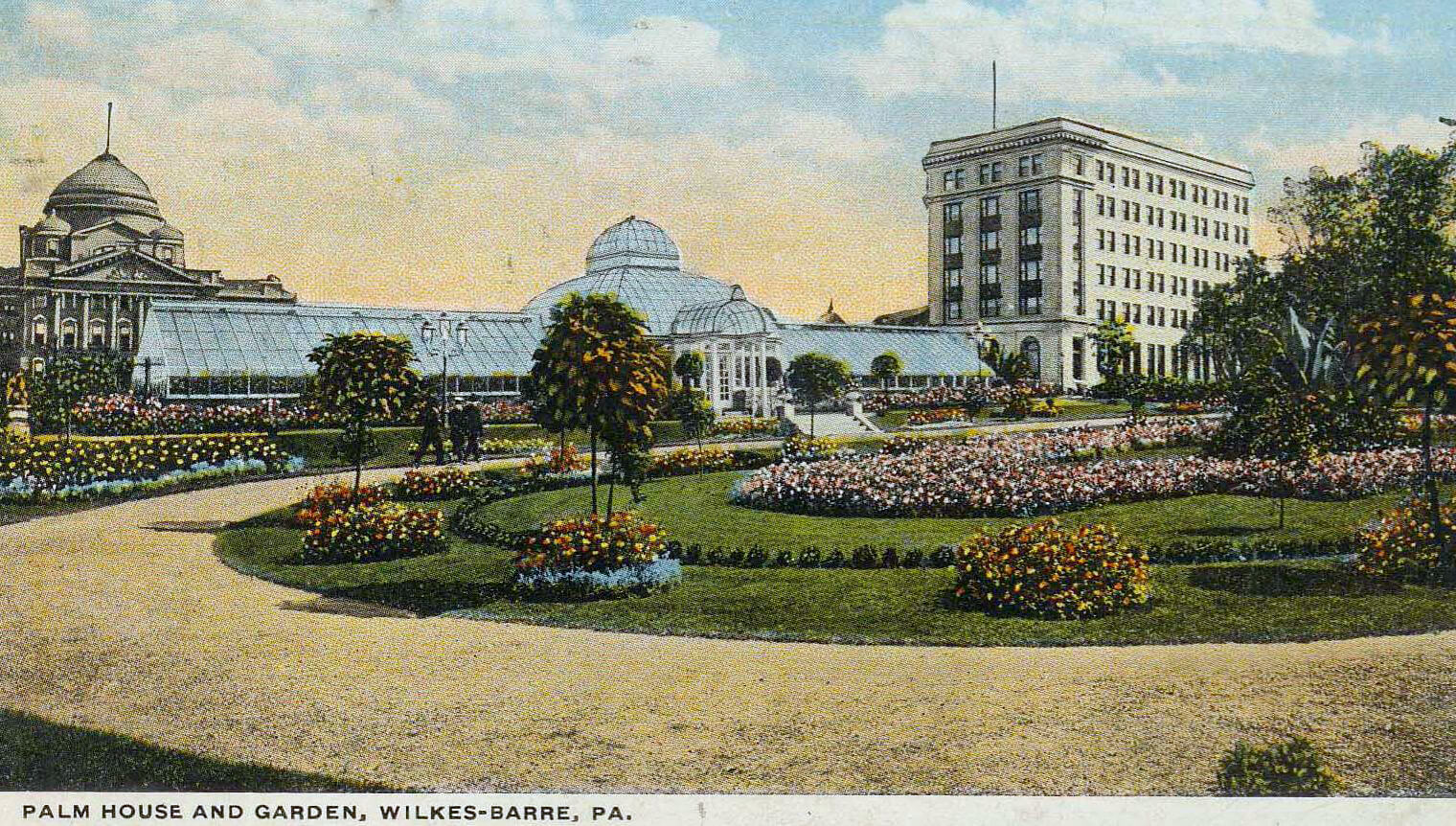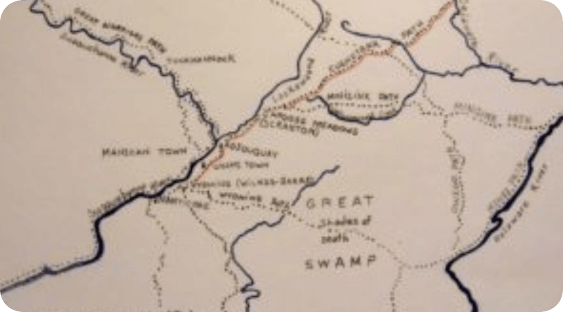
Description
Post World War Two, Korea, Vietnam, assassinations and the challenges of civil rights protests, along with great cultural change occurred in this era. Our valley resonated with change from the culture and from nature. After an uptick in anthracite sales, the coal industry experience a continued downturn. In 1959, the Knox Mine disaster helped to seal the fate of the industry though coal would still be processed into the 1970's. The Committee of 100 led by William O. Sword worked diligently to diversify the valley economy creating the Crestwood Industrial Park one of several that now dot our valley landscape. Labor unions such as the ILGWU, the International Ladies Garment Workers Union, continued to fight for the rights of workers for better wages, and better working conditions.
When World War II broke out, the people of our valley responded as they always had—they were patriotic in their support of the war effort. Men flocked to the service, women also going the military, scrap drives were held, ration coupons were given out, and women worked in the factories. And when the war ended, we were glad to buy new appliances, cars, and homes. Quite a number from our valley became professional athletes, movie, television, and screen stars who made their marks on the national stage. Musicians such Hugo Winterhalter and Russ Morgan brought honor to us as well. We had Nobel winners, inventors, and diplomats as well. Our valley was well-represented in all fields of endeavor.
Questions
- Name five athletes that made it to the professional ranks during this time.
- Name five people from our area in the fine arts who became famous. Describe the accomplishments of each.
- When did Little Theater in Wilkes-Barre start? What other “live” theaters are now in the valley?
- The Knox Mine Disaster occurred in 1959. What were the underlying causes of this tragedy?
- How did William O. Sword and his committee try to encourage diversity in employment opportunities? Do you think they were successful? Support your answer.
- The Agnes Flood of 1972 was one of the largest natural calamities in the U.S. at that time. How would you best describe it? How did it change the valley? Find someone who lived in the valley at that time and interview them.
- How did Dan Flood influence the development of the valley? What were three of his accomplishments?
- County school districts were consolidated in the 1960's. In your opinion, do you think that was a good idea?
- Why do you think the small municipalities did not come together? What benefits/challenges might have resulted if the municipalities had joined together?
Additional Resources
Download Chapter 5 PDF
Additional Chapter Descriptions & Questions